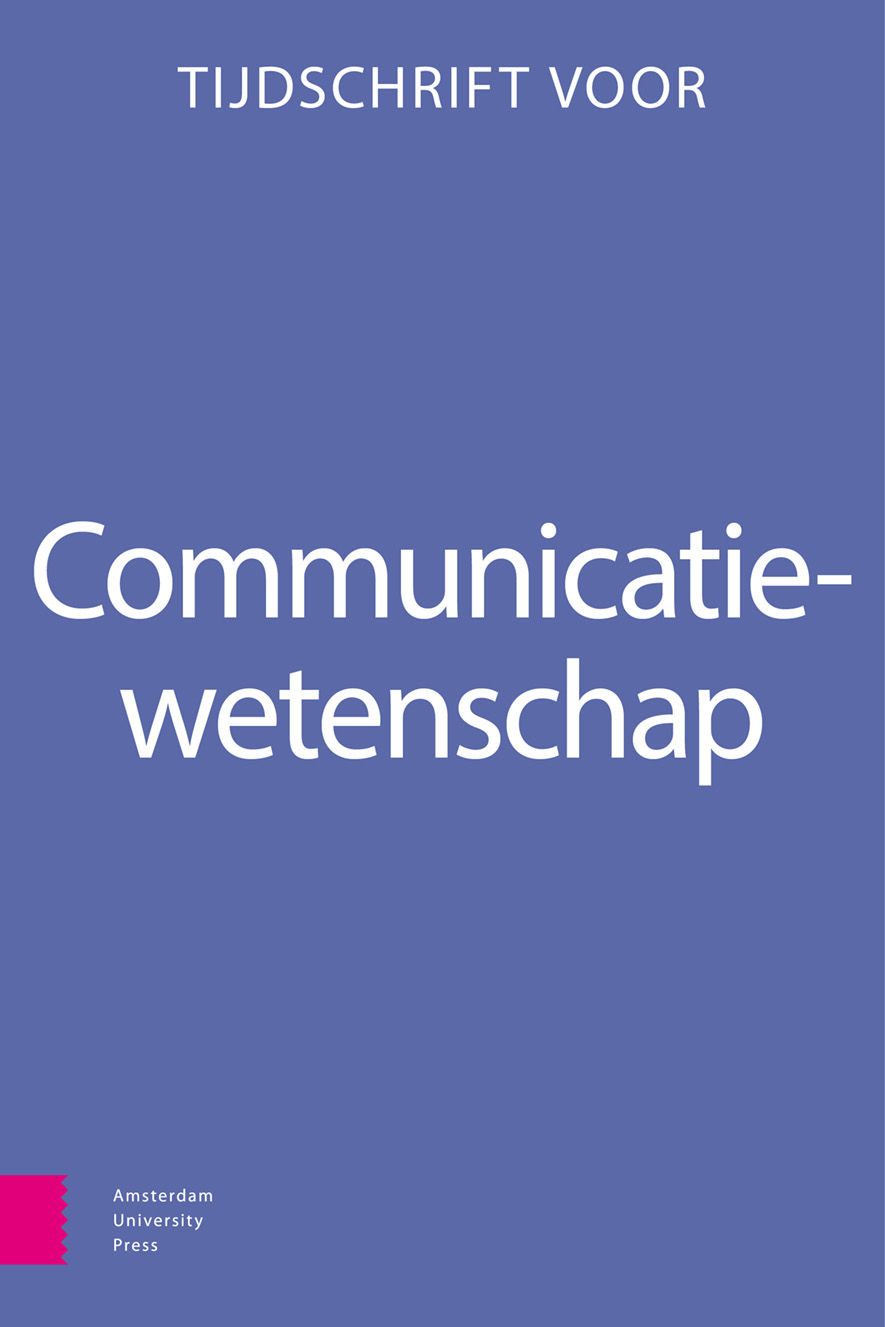-
oa Effecten van synchroon bewegen op groepspercepties en coöperatief gedrag bij middelbare scholieren
- Amsterdam University Press
- Source: Tijdschrift voor Communicatiewetenschap, Volume 40, Issue 4, Dec 2012,
Abstract
Effects of movement synchrony on ingroup perceptions and cooperation among high school children
Synchronous movement (e.g., marching, clapping) is a well-established practice to strengthen social bonds. Nevertheless, research on its effectiveness is scarce. We investigate effects of synchronous group movement on social identification, entitativity, and cooperation in high school students. Synchronous movement is conceptually disentangled in (1) rhythmic similarity, and (2) motor similarity. Although both factors may facilitate group processes individually, their combination (genuine synchronous movement) is expected to yield most positive effects. A 2 (same vs. different rhythm) x 2 (same vs. different movements) experiment was conducted (N = 75). Results showed rhythmic similarity promotes entitativity perceptions and cooperation, and motor similarity improves social identification. Combining both factors positively affected entitativity and social identification, testifying to the added value of genuine synchronous movement. To promote cooperation, true synchronous movement had no added value over rhythmic similarity.


